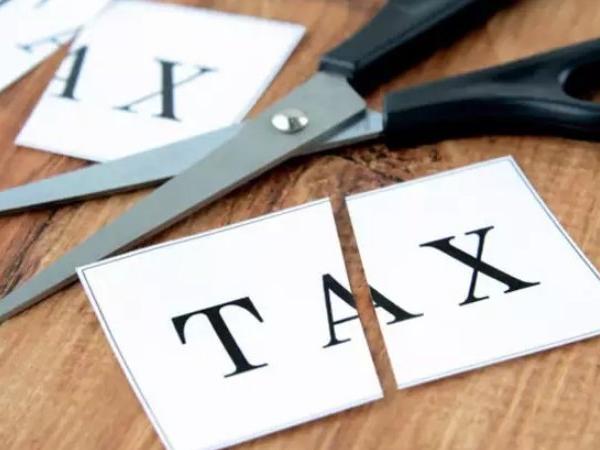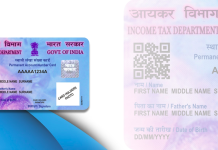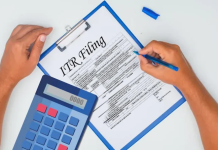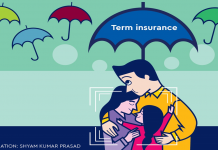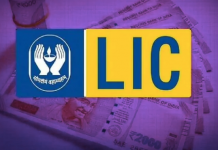In the interim budget, standard tax deduction for salaried persons has been raised from Rs. 40,000 to Rs. 50,000. Salaried employees form a major portion of the overall taxpayers in India and the tax collected from them is a significant amount. The income tax deductions act as saving opportunities as well. With the help of legitimate saving options, one can reduce the tax burden to a great extent.
Here are some of the major allowances and deductions for salaried persons with which the tax burden can be lessened substantially.
- Exemption of House Rent Allowance (HRA)- This can be totally or partially exempted from income tax. But if you are not living on rent but receiving HRA- the amount would be taxable. Therefore you need to keep rent receipts and other evidence of payment of rent to claim HRA.
- Leave Travel Allowance (LTA)- This is a travel allowance for salaried people and does not include shopping, entertainment, food expenses, international travel, and leisure among others. LTA is allowed for two travels in four years.
- Section 80C, 80CCC and 80CCD(1)- You can claim deduction up to INR 1.5 lakhs and this should not include any capital gains. Under this section, savings can be done up to Rs1.5 lacs. Some of the popular means of saving tax under this section are – Life insurance premium, Equity Linked Savings Scheme (ELSS), Employee Provident Fund (EPF), Principal payment on home loans, tuition fees, contribution to PPF Account, Sukanya Samriddhi Account, NSC (National Saving Certificate) etc.
- Medical Insurance Deduction (Section 80D)- It is a deduction for medical expenses. You can pay medical insurance premiums for family, self and dependent parents and can be deducted from taxable income.
These are not all – Interest on home Loan (Section 80C and Section 24), deduction for Loan for Higher Studies (Section 80E) are some of the other means to save tax.


